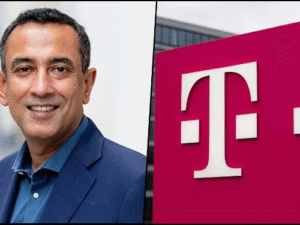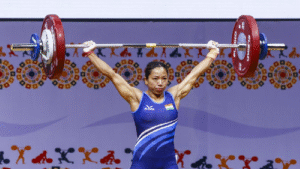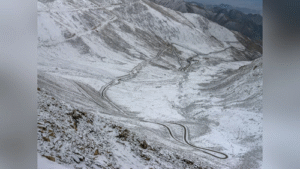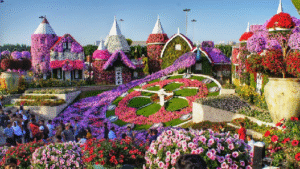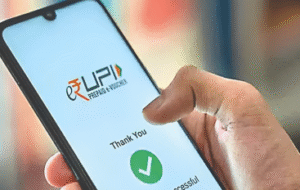In the 2014 Lok Sabha elections, for the first time, the EVMs and postal ballot papers were designed to carry the photographs of all candidates contesting in each constituency. This decision was aimed at helping voters easily identify candidates, especially in constituencies with multiple candidates sharing similar or identical names.
The primary goal was to make it easier for illiterate or less-educated voters to identify their preferred candidate, as photographs would make the process clearer.
In some constituencies, candidates with similar names could create confusion among voters. By adding photographs, this confusion was minimized. It was also a move toward making elections more transparent and voter-friendly.
During the 2014 general elections, this step was implemented across all constituencies, and the photographs of the candidates were displayed next to their names and party symbols on both the EVMs and postal ballot papers. Postal ballots sent to service voters (such as members of the armed forces) also included the candidates’ photographs.
This measure was seen as a positive step toward voter empowerment and was praised for making the voting process more accessible to first-time voters, the elderly, and those who may have difficulty reading or recognizing names. It helped eliminate confusion and ensured that voters were casting their votes for the right candidate.
The practice of including photographs of candidates on EVMs and postal ballots has continued in subsequent elections since 2014, ensuring consistency and clarity in the voting process.
The 2014 Lok Sabha elections marked a significant change in the Indian electoral process with the introduction of candidate photographs on both EVMs and postal ballot papers. This initiative aimed to make elections more accessible, reduce voter confusion, and promote transparency, especially in constituencies with candidates having similar names. This practice has since continued in all elections, helping to ensure clarity and ease for voters.


